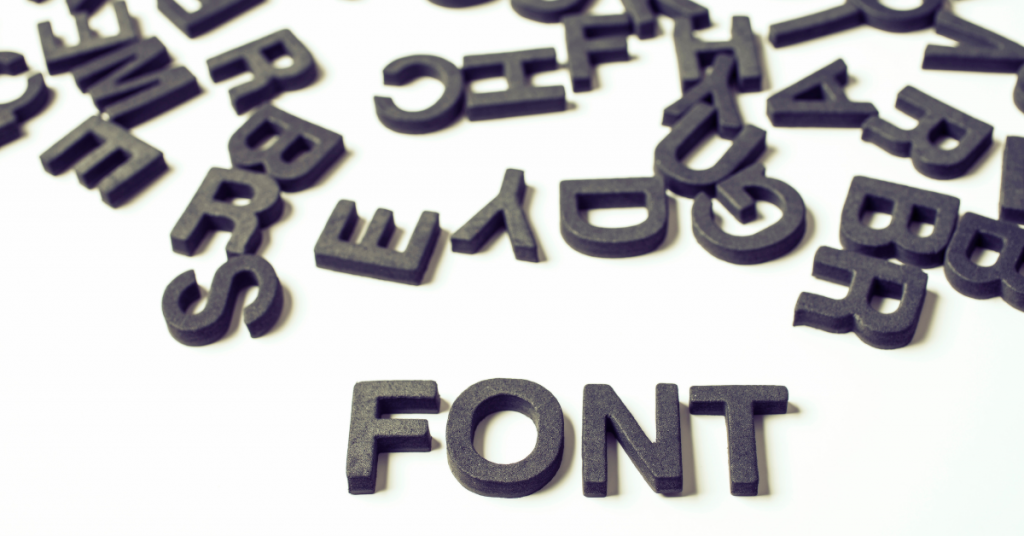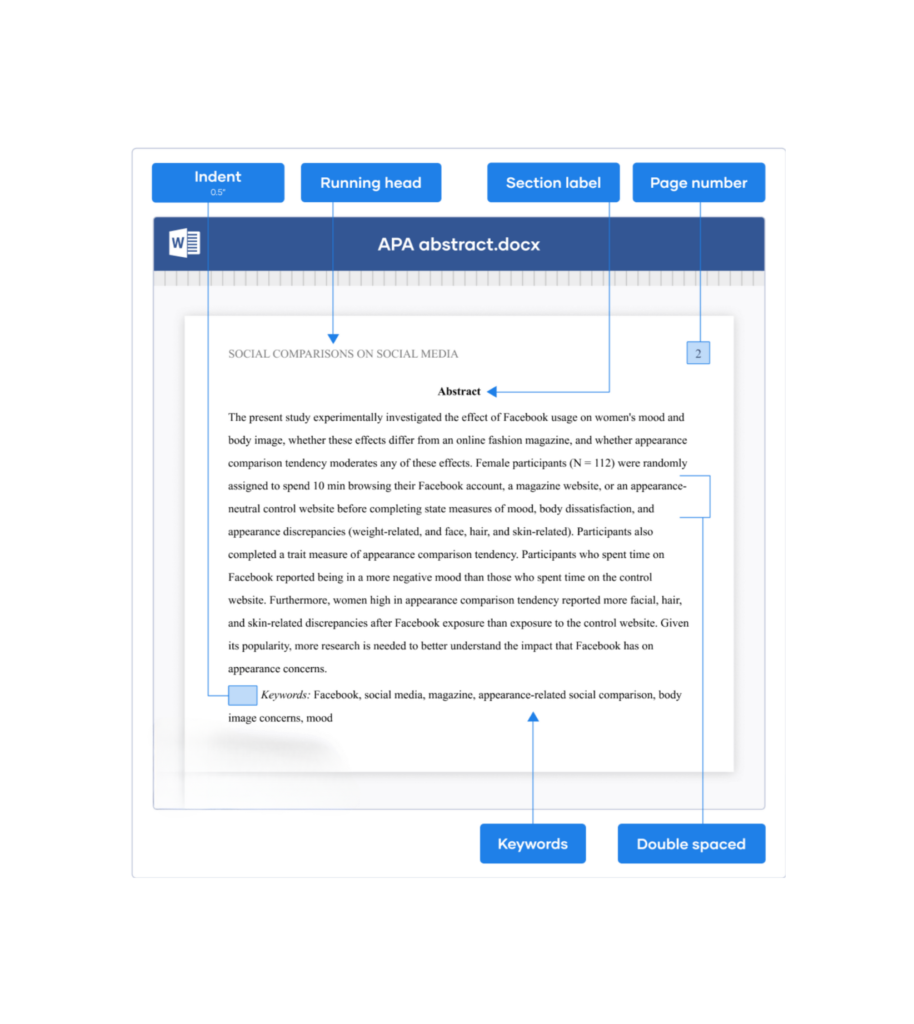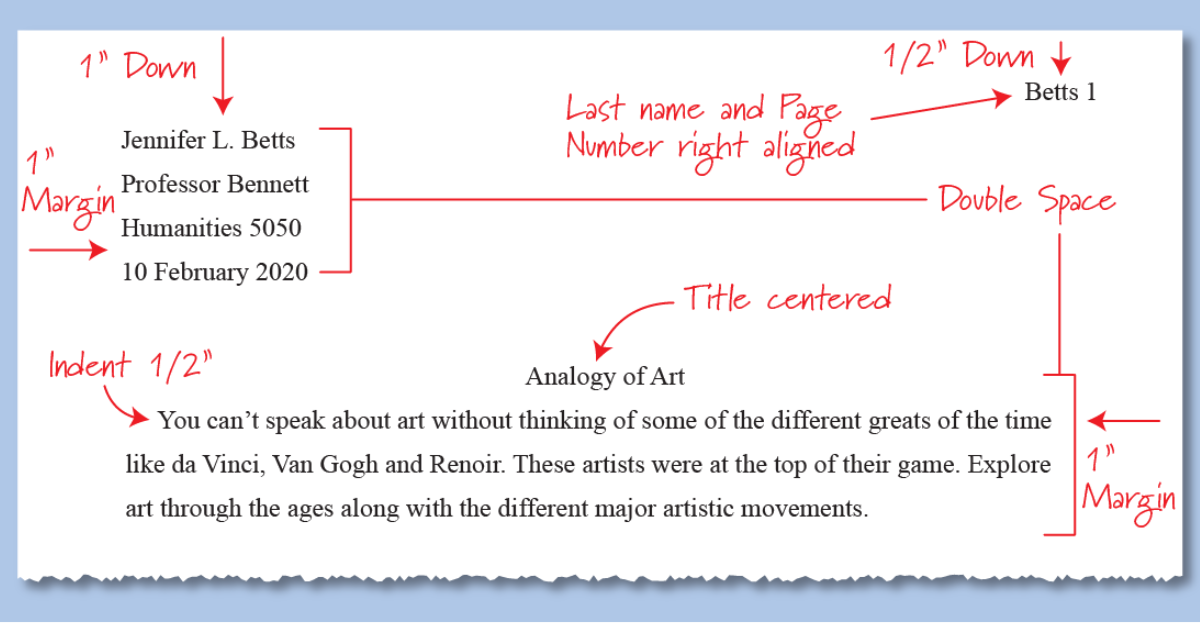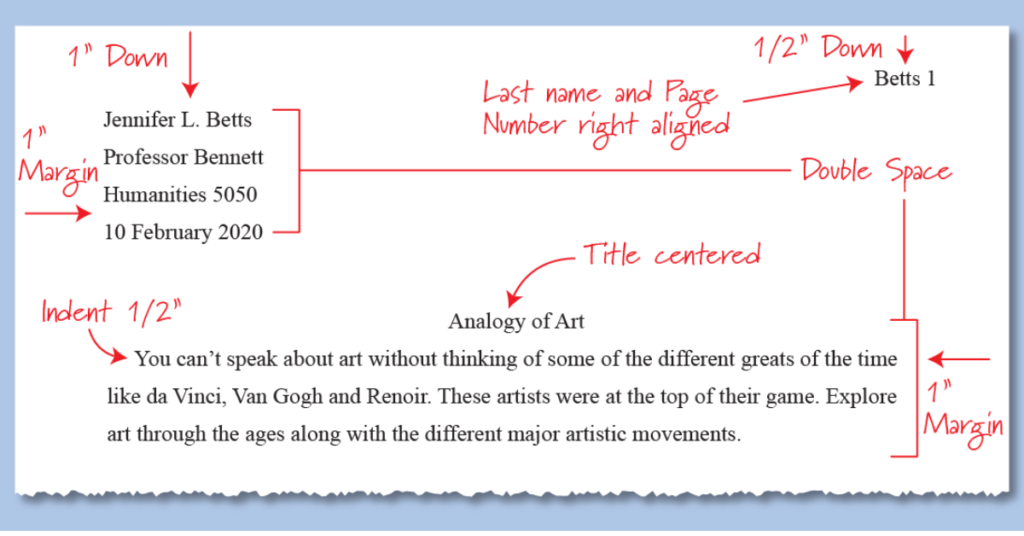When it comes to academic writing, every detail counts. From meticulous citations to flawless grammar, students are often advised to pay attention to every aspect of their papers. But does font choice really matter in the grand scheme of things? Especially when writing an MLA-formatted essay? Let’s delve into this debate surrounding MLA format font.

The Basics of MLA Formatting
Before diving into the font dilemma, let’s brush up on what MLA format entails. Modern Language Association (MLA) style is widely used in the humanities, particularly in literature and language studies. It provides guidelines for formatting manuscripts and citing sources. The standard formatting includes double-spacing, one-inch margins, a header with your last name and page number, and a works cited page.
The Importance of Consistency
Consistency is the cornerstone of effective communication in academic writing, and font choice is no exception. In MLA format, maintaining uniformity in font selection throughout your essay is crucial for several reasons.
First and foremost, consistency enhances the overall professionalism and readability of your paper. By sticking to a single font, such as Times New Roman, you create a cohesive visual presentation that signals to your readers a high level of attention to detail and adherence to scholarly standards. This uniformity allows your ideas to take center stage, free from distractions caused by abrupt changes in font style or size.
Furthermore, consistency in font choice fosters a sense of coherence and organization within your essay. A consistent font helps guide your reader through the text smoothly, facilitating comprehension and engagement with your ideas. Whether it’s navigating through paragraphs, headings, or citations, a uniform font ensures that your paper flows logically and is easy to follow.
Additionally, maintaining consistency in font selection aligns with the expectations of instructors and academic institutions. MLA guidelines recommend Times New Roman as the preferred font for its readability and widespread acceptance in scholarly publishing. Adhering to this standard demonstrates your familiarity with academic conventions and your commitment to meeting the expectations of your audience.
Consistency in font choice also extends beyond individual essays to the broader academic community. When all students use the same font in their MLA-formatted papers, it creates a level playing field and promotes fairness in evaluation. Instructors can focus on assessing the content of the essays without being swayed by variations in formatting styles.
In conclusion, the importance of consistency in font choice cannot be overstated in MLA format. By adhering to a single font throughout your essay, you enhance its professionalism, readability, and organizational clarity. Moreover, you demonstrate your respect for academic standards and facilitate fair evaluation by your instructors. So, when in doubt, remember the power of consistency and stick to the preferred font—Times New Roman—for a polished and effective academic paper.
Clarity and Readability for MLA Format Font
In the world of academic writing, clarity and readability are paramount. Your essay may contain groundbreaking ideas, but if they’re obscured by poor font choice, your message may be lost in the shuffle. This is where the preferred font for MLA format, such as Times New Roman, steps in to ensure that your words shine through with clarity and precision.
Times New Roman, with its elegant serif design, has long been favored for its exceptional legibility, especially in printed text. Its well-defined letterforms and consistent spacing make it easy on the eyes, even when readers are slogging through lengthy academic essays. In MLA format, where papers are typically double-spaced and contain dense paragraphs of text, the clarity of Times New Roman becomes even more crucial.
The choice of Times New Roman isn’t arbitrary—it’s backed by research and practical experience. Studies have shown that serif fonts like Times New Roman aid in reading comprehension by guiding the eye along a continuous line of text. The serifs, or small decorative strokes at the ends of letters, help create a smooth flow of text, reducing eye fatigue and enhancing readability. This is especially important in academic writing, where complex ideas require careful parsing and analysis.
Moreover, the widespread familiarity of Times New Roman contributes to its readability in academic contexts. Readers are accustomed to encountering this font in scholarly publications, textbooks, and research articles. As a result, they can focus on digesting the content of your essay without being distracted by unfamiliar or unconventional fonts.
In the realm of MLA format, where essays are often evaluated by instructors or peers, clarity and readability are essential for effective communication. Times New Roman ensures that your ideas are presented in a clear and accessible manner, allowing your readers to engage with your arguments without unnecessary obstacles. Whether you’re exploring literary themes or dissecting historical events, the clarity afforded by Times New Roman empowers you to convey your message with precision and impact.
In conclusion, the preferred font for MLA format, such as Times New Roman, plays a crucial role in enhancing the clarity and readability of your academic essays. By choosing a font that prioritizes legibility and familiarity, you can ensure that your ideas shine through with clarity and precision, making your writing a pleasure to read and analyze. So, the next time you sit down to compose an MLA-formatted essay, remember the power of Times New Roman to elevate your writing to new heights of clarity and effectiveness.

Perception and Professionalism
In the realm of academic writing, perception matters. Your choice of font can subtly influence how your work is perceived by instructors, peers, and readers. When it comes to MLA format, selecting the preferred font, such as Times New Roman, isn’t just about aesthetics—it’s about projecting a sense of professionalism and respect for scholarly conventions.
Times New Roman is synonymous with academic writing, having been a staple in scholarly publications for decades. Its classic serif design exudes a sense of tradition and authority, making it the go-to choice for many writers and publishers. When you opt for Times New Roman in your MLA-formatted essays, you signal to your audience that you take your academic work seriously and adhere to established norms of scholarship.
Perception also plays a role in how your essay is received by instructors and evaluators. When grading papers, instructors often have limited time to review each submission thoroughly. A well-formatted essay in Times New Roman immediately conveys a sense of professionalism, making it easier for instructors to engage with your ideas and assess your work effectively. By adhering to MLA guidelines for font choice, you demonstrate your attention to detail and commitment to meeting academic standards, which can positively influence your instructor’s perception of your paper.
Furthermore, selecting the preferred font for MLA format helps to align your work with the expectations of the academic community. In scholarly discourse, consistency and adherence to established conventions are valued traits. By using Times New Roman, you position your essay within the broader context of academic writing, signaling to readers that your work is part of a larger conversation grounded in tradition and rigor.
In today’s digital age, where endless font options are available at the click of a button, sticking to the tried-and-true Times New Roman may seem uninspired to some. However, in the context of MLA format, font choice isn’t about personal expression—it’s about effectively communicating your ideas and adhering to scholarly norms. Times New Roman may not be the flashiest font, but its reputation for professionalism and readability speaks volumes in academic circles.
In conclusion, the preferred font for MLA format, such as Times New Roman, carries weight beyond mere aesthetics. It serves as a symbol of professionalism, tradition, and respect for academic conventions. By choosing Times New Roman for your MLA-formatted essays, you project a sense of credibility and authority that enhances the reception of your work among instructors, peers, and readers alike. So, the next time you’re tempted to experiment with alternative fonts, remember the impact that Times New Roman can have on the perception and professionalism of your academic writing.
Exceptions and Flexibility when Using MLA Format Font
While the preferred font for MLA format is undoubtedly Times New Roman, the guidelines also allow for some degree of flexibility. Understanding when and how to navigate these exceptions can be crucial for ensuring your essay remains both compliant with MLA standards and effectively communicates your ideas.
In instances where instructors do not specify a particular font, students may find themselves at a crossroads regarding font selection. While Times New Roman is the default choice recommended by MLA, other fonts such as Arial, Calibri, and Garamond are also acceptable alternatives. These fonts share many of the characteristics that make Times New Roman suitable for academic writing, such as legibility and professionalism, while offering a subtle variation in style.
However, it’s important to exercise caution when deviating from the preferred font. While MLA guidelines allow for flexibility, straying too far from the standard can detract from the overall professionalism and coherence of your essay. Instructors may have expectations regarding font choice, and opting for a less conventional font could inadvertently signal a lack of attention to detail or respect for academic norms.
That being said, there are instances where using a different font may be appropriate or even preferable. For example, if your instructor specifies a font preference or if you are submitting your essay to a publication with its own formatting requirements, it’s essential to follow their guidelines rather than adhering strictly to MLA recommendations. Similarly, if you have a visual impairment or accessibility needs that require a specific font for readability, you should prioritize your own comfort and accessibility over strict adherence to MLA guidelines.
Ultimately, the key to navigating exceptions and flexibility in font choices lies in exercising judgment and considering the context in which your essay will be evaluated. While Times New Roman remains the preferred font for MLA format, there may be situations where an alternative font better serves the needs of your audience or aligns with specific requirements. By remaining mindful of these considerations and making informed decisions, you can ensure that your essay meets both the technical standards of MLA format and the broader expectations of academic discourse.
Personal Preference vs. Academic Norms
Some argue that font choice is a matter of personal preference and should not be rigidly enforced. While individuality is important, academic writing follows established conventions for a reason—to facilitate communication and uphold standards of professionalism. Adhering to these norms demonstrates an understanding of scholarly discourse and enhances the credibility of your work.
In the realm of academic writing, every detail matters. While font choice may seem trivial, it plays a role in readability, professionalism, and adherence to scholarly conventions. While MLA guidelines recommend Times New Roman, the primary goal is clarity and consistency. Ultimately, whether font choice significantly impacts your essay depends on the context and expectations of your instructor. However, when in doubt, sticking to the tried-and-true Times New Roman is a safe bet. After all, in academia, it’s not just about what you say—it’s also about how you say it.
There is a route to an A on your next academic paper that doesn’t include stressing about such minute details as MLA font. Order a paper from our expert writers at Essay 24 and let us worry about both content and format. You won’t regret your decision.











